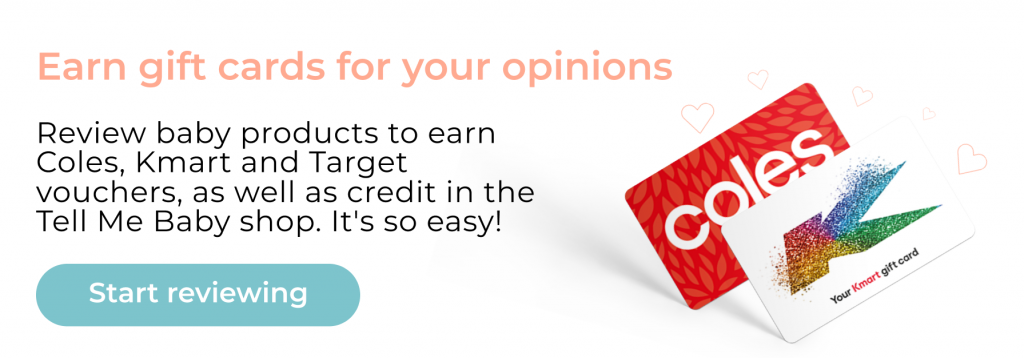The key to successful breastfeeding

When talking about breastfeeding for the first time, a lot of emphasis is placed on the latch. But what does this mean, and how do you know if your baby is latching correctly?
A good latch is the key to successful breastfeeding. You see, for your baby to get enough milk from the breast they need a particular latch, which involves opening their mouth wide and placing the whole nipple inside. They aren’t just sucking on the end of your nipple – they need to get a big mouthful.
Don’t worry if you and your baby struggle with this at first. Newborns (and mum!) have to learn how to latch and feed.

What does a good latch look like?
So how do you know if you have a good latch? It can be difficult to tell, but the Australian Breastfeeding Association (ABA) says to look out for the following signs:
- baby’s chin is pressed into the breast
- lower lip is turned out over the breast.
- tongue is positioned forward over the lower gum – don’t pull baby away to check this
- baby has most of the areola in their mouth
While some people may tell you that pain is an indicator of baby not latching correctly, this isn’t always the case. The first few weeks of breastfeeding can be painful regardless of the latch.
In her book, Cribsheet, Emily Oster says: “Once you have done it for a while, you’ll just know. You’ll also learn to recognise a kind of weird sigh that many babies have when they get it right.”
But until you get this point, it can be really helpful to have a lactation consultant, a nurse at the hospital or midwife to help you.
You can also call the ABA Breastfeeding Helpline on 1800 mum 2 mum (1800 686 268) to speak to an ABA counsellor.
Inverted nipples
In some cases, nipple shape can affect the latch. Having inverted nipples can cause some issues for a baby when trying to latch – but this isn’t always the case. In the book Newborn 101, the authors say that inverted nipples can often be pulled outward using a breast pump for a few minutes or you can try applying a cold cloth.
Tips for latching
- Have a comfortable supportive place to sit while breastfeeding.
- Elevate your feet – put your feet up or cushions under your feet to stop you from bending forward.
- Gently brush your baby’s mouth with the underside of your areola, and their mouth should open.
- With their head slightly tilted back, bring your baby to your breast – not the other way around. Aim your nipple at the roof of their mouth – their lower gum should be well below the base of the nipple.
Breastfeeding positions
The important thing to remember with breastfeeding is that the position you choose is up to you. If one position isn’t working for you, or you don’t feel comfortable, try another one!
To help get you started, here are the traditional breastfeeding positions to try – but remember, it’s whatever works for you and your baby.
Cross-cradle hold
This position is a great starting point for first-time mums. The Mayo Clinic says: “Hold your baby in the crook of the arm opposite the breast you’re feeding from — left arm for right breast, right arm for left. Support the back of the baby’s head with your open hand.”
Cradle hold
Similar to the cross-cradle hold, but mum supports the baby using the arm on the same side as the breast she is feeding from.
Football hold
The football hold might be a good option for mums recovering a c-section. “Hold your baby beside you, with your elbow bent. With your open hand, support your baby’s head and face him or her toward your breast. Your baby’s back will rest on your forearm,” says the Mayo Clinic.
Side-lying position
If you’re exhausted and recovering from birth, the side-lying position might be right for you. Lie on your side with baby facing your breasts. Once baby has latched, use one arm to support your own head and the other to bring baby nice and close. Just make sure the baby is moved to their own bassinet or cot for sleep.
Biological nursing
Also known as laid-back nursing, where mum can be comfy and semi reclined and baby is placed on top.
Read more:















